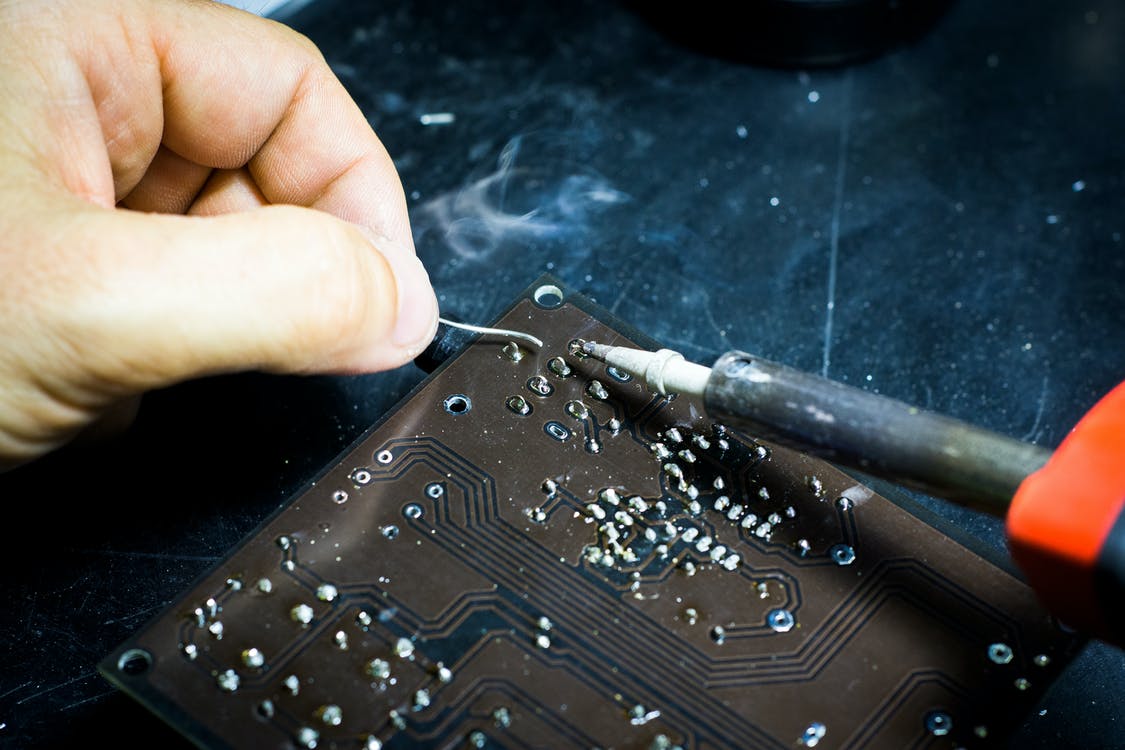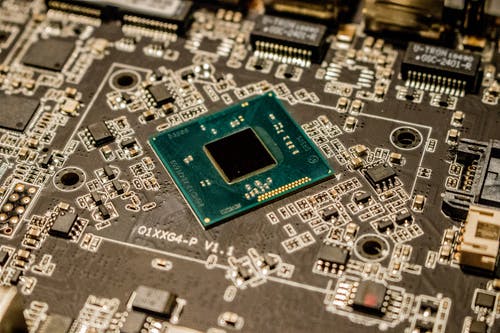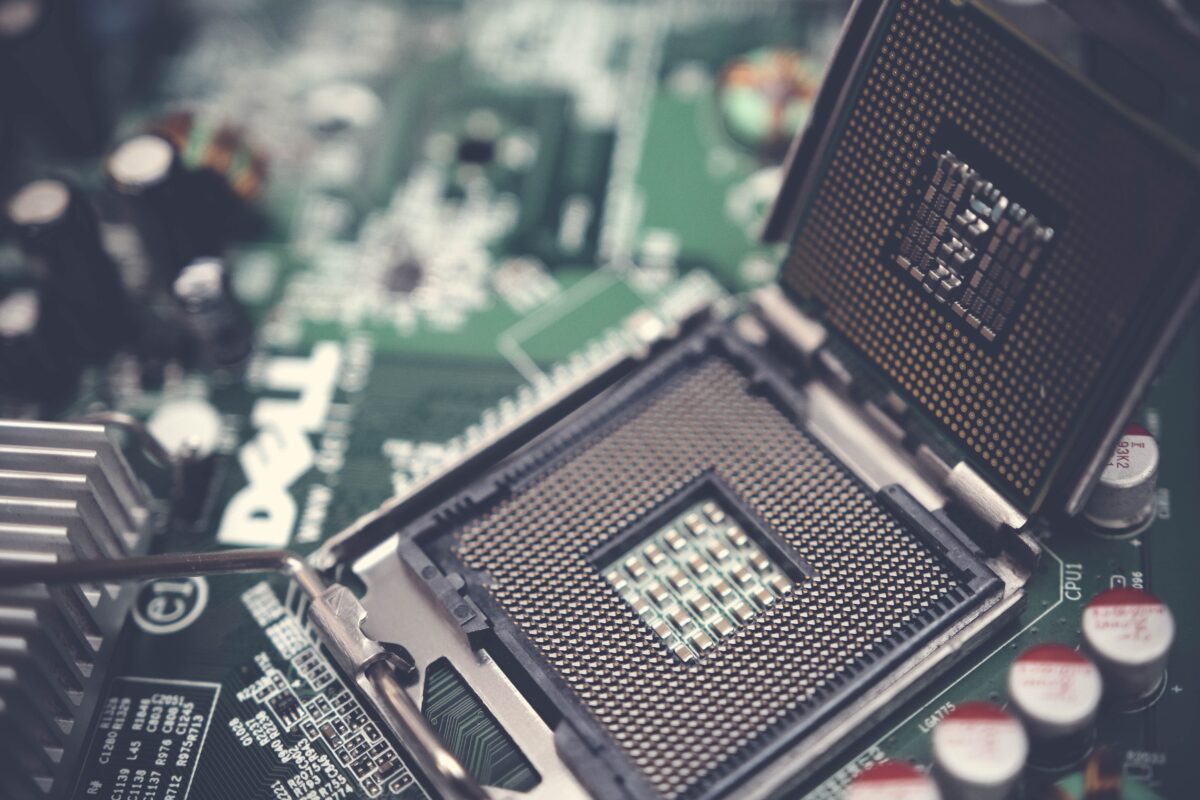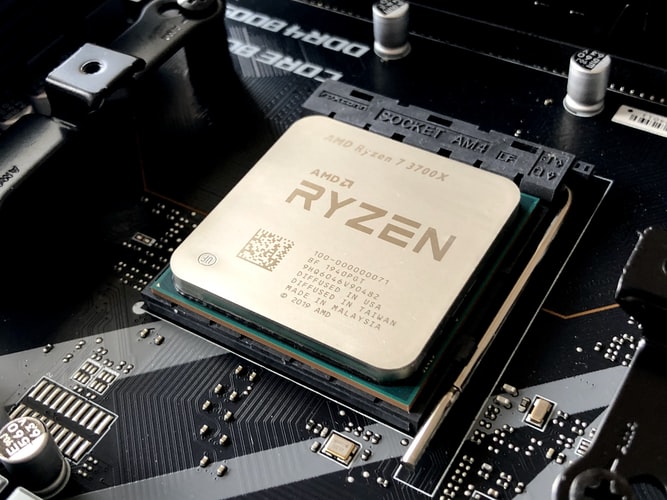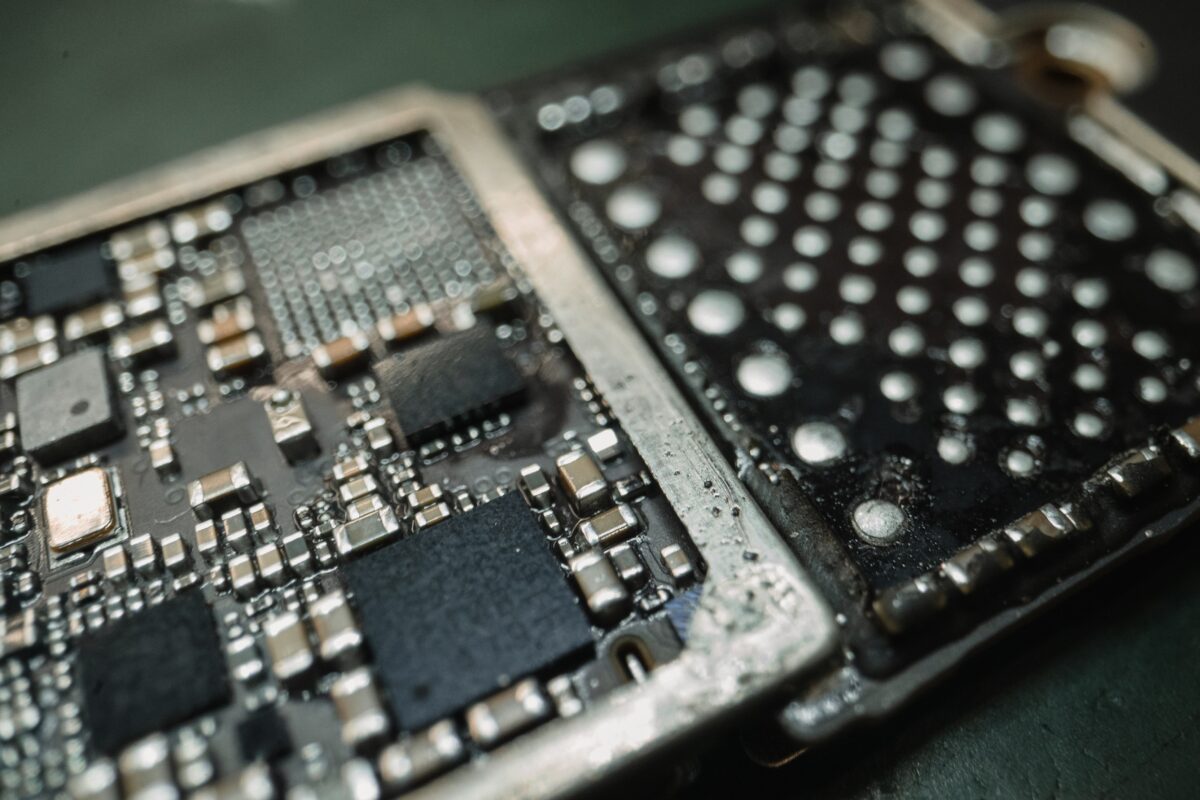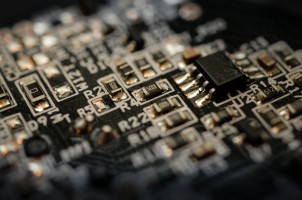Carbon nanotubes being used to develop 'smart clothes'
Since the discovery of carbon nanotubes (CNTs) in 1991, the material has been utilised for commercial purposes in several areas, including anti-corrosion paints, hydrophobic coatings and engineering plastics.
CNTs were one of the materials that made it possible for two-dimensional graphene to be used and researched. On a broader scale, it allowed nanoscience to branch into its own area of study.
The material is made up of a cylindrical tube of carbon atoms, and can be single-walled or multi-walled. On a molecular level, CNTs are 100 times more robust than steel and a fraction of the weight.
But in the last ten years, there have been studies into how the material’s heat and electrical conductive qualities might be used in another everyday product: clothes.
Keeping warm
A recent study by North Carolina State University examined CNTs’ usage as a ‘smart fabric’ in 2020. The researchers investigated how its heating and cooling properties could be harnessed to make a cheaper alternative to the current thermoelectric materials being used.
The plan is to integrate the CNTs into the fabric of the clothes, rather than an extra layer, which means the flexible material has an advantage over others currently available on the market.
The low thermal conductivity of CNTs means that heat would not travel back to the wearer, and the same applies to cool air, when an external current is applied.
Heart racing yet?
A study from seven years previously studied how CNTs could be used as a built-in electrocardiogram (ECG) within athletic wear. The nanotube fibres sewn into the clothes monitored heartrate and took a continual cardiogram from the wearer.
The Brown School of Engineering lab, who conducted the research, said the shirt would have to be a tight fit to make sure the material touched the skin, but the t-shirt was still – miraculously – machine-washable.
According to the researchers the enhances shirt actually performed better than a chest-strap monitor ECG when compared in a test, and could connect to Bluetooth devices to transmit the collected data.
Recharging…
In 2018 engineers from the University of Cincinnati, in partnership with the Wright-Patterson Air Force Research Laboratory, conducted a study into how CNT clothes could charge a phone.
This study investigated the applications of CNT clothes in the military, where it could be used to charge the electronics that form part of a soldier’s field equipment instead of weighty batteries. Using a similar technique to the other studies, where CNT fibres were sewn into the clothes.
Will it make fashion week?
Not quite yet. Despite the cheaper-by-comparison cost of the material, the quantity of material required for mass production is too high for what is currently available and is still relatively young and untested. The specialist equipment that would also be needed for CNT textile production would be an investment many manufacturers would decide against.
While CNTs may not be a hugely sought-after material just yet, Lantek can supply you with hard-to-find electronic components when you need them most. Contact us now at sales@lantekcorp.com to see how we can help you.


